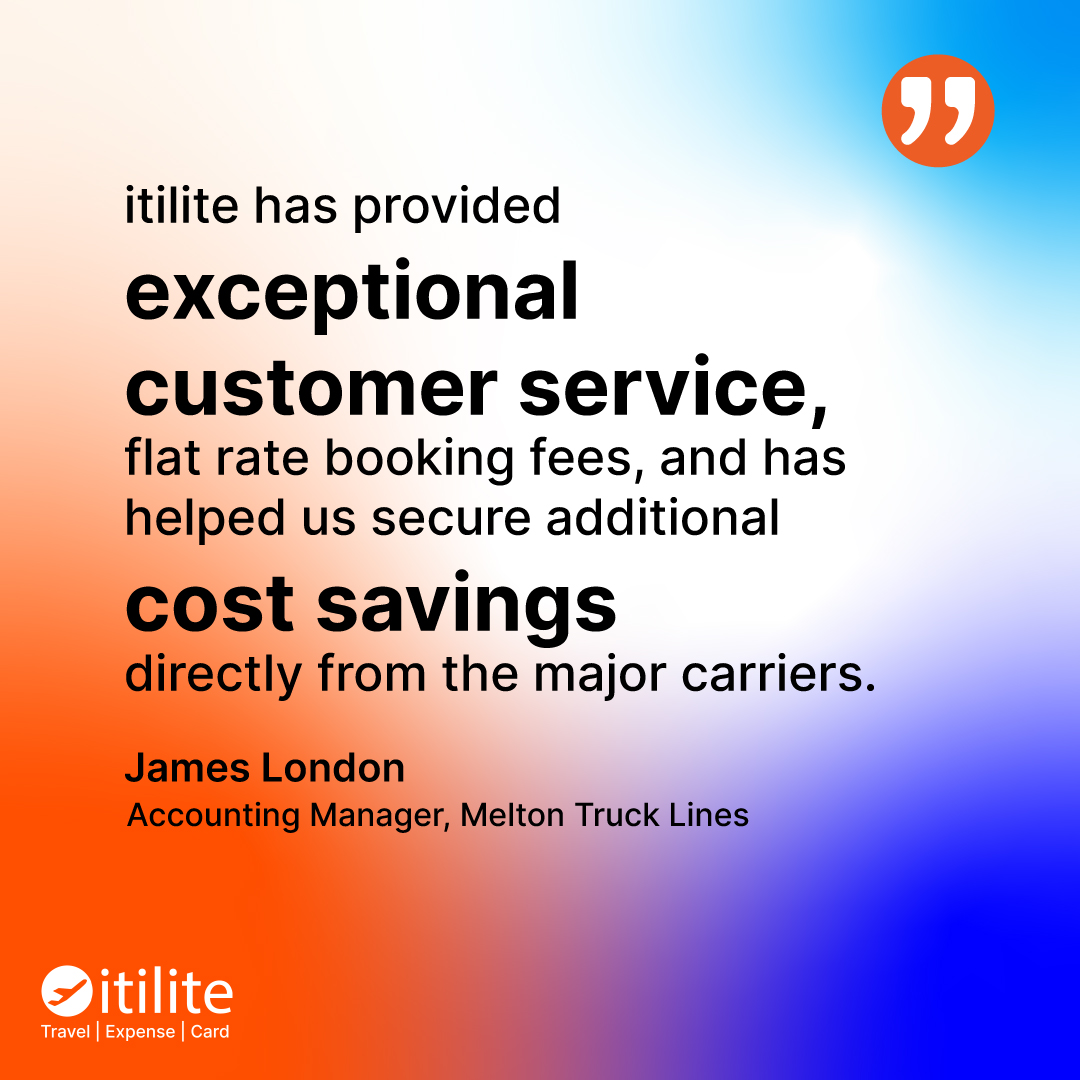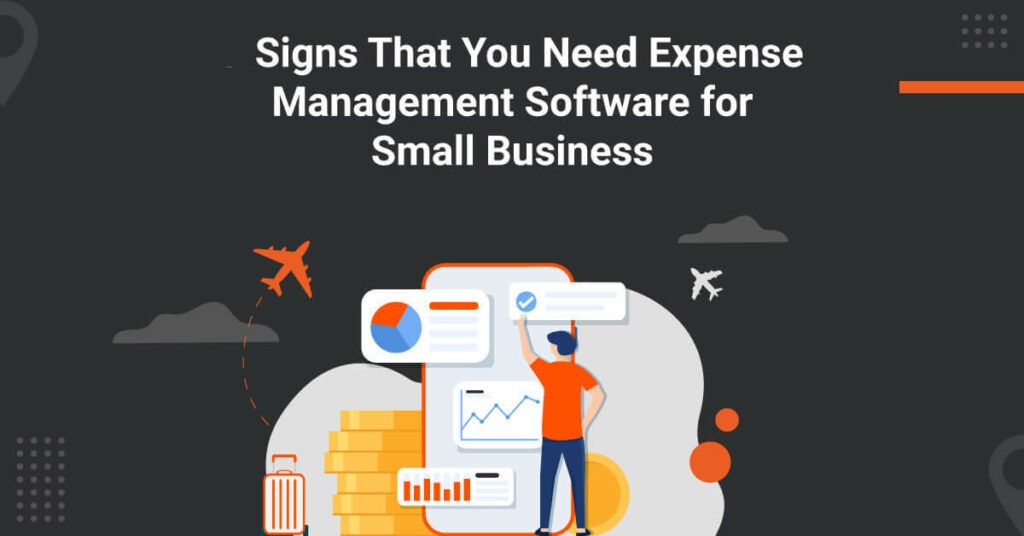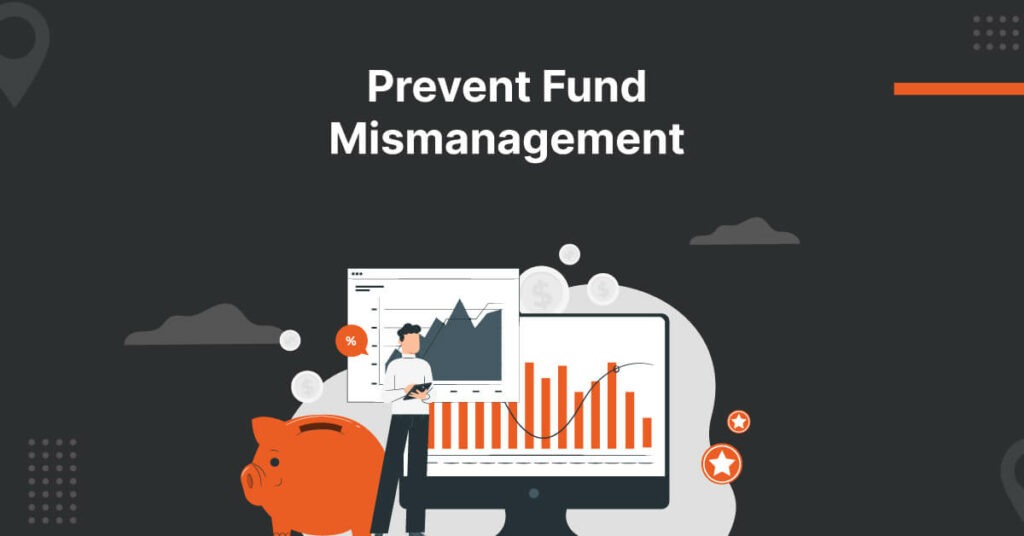
Every business has expenses related to running day-to-day operations. These expenses are a normal part of business life. However, not all costs are the same. Some are tied directly to the business’s production or services. Others are broader and support the company as a whole.
These expenses are usually split into two main types: direct and indirect. Understanding the difference between direct and indirect expenses is crucial. It helps companies track where their money is being spent. This clear view of costs allows businesses to make better financial decisions. When companies know what they are spending and where they can manage their budgets more effectively.
It also becomes easier to identify areas where costs can be cut, which can help reduce unnecessary spending. In the long run, knowing direct expense vs. indirect expense leads to smarter money management. This understanding is essential for any business looking to grow.
What Are Direct Expenses?
Direct expenses are costs that directly relate to producing a product or providing a service. These are expenses you can easily trace back to one specific task, product, or service.
For example, if a company manufactures laptops, the cost of parts like screens, keyboards, and batteries are direct expenses. These are essential to make the final product. You can track these costs easily.
Types of direct expenses:
- Raw materials – Materials needed to produce goods. For example, steel used to manufacture cars.
- Employee wages – Wages for workers directly involved in production. This could be factory workers or software developers writing code.
- Shipping costs – The cost of delivering a product directly to a customer.
- Production equipment – Tools and machinery that are necessary to create the product or service.
What Are Indirect Expenses?
Indirect expenses are costs that support the company but are not directly tied to any single product or service. These costs are necessary for the business to operate, but they are harder to trace back to one specific activity.
For example, rent for office space is an indirect expense. The office space is needed for the company to run, but you cannot directly link the rent to one product or service. These expenses are shared across the entire company.
Common indirect expenses include:
- Office rent – The cost of renting or owning office space.
- Utilities – Costs for electricity, water, and internet.
- Salaries for non-production employees – This includes employees in departments like human resources, marketing, or management.
- Office supplies – Stationery, computers, and software that are used by employees across different departments.
- Insurance – Insurance premiums that protect the business but don’t directly relate to one product or service.
Why Is It Important to Understand the Difference?
Understanding the difference between direct and indirect expenses helps businesses make better financial decisions. Here’s why it matters:
- Budgeting: Knowing what costs are direct and indirect makes it easier to set accurate budgets. You can see where most of your money is going and find ways to save.
- Pricing: To set the right price for a product or service, you need to know how much it costs to make it. If you only look at direct expenses, you might price your product too low. You also need to cover your indirect expenses.
- Profitability: Understanding your expenses helps you calculate your profit margins correctly. If your direct costs increase, you may need to raise prices or cut costs elsewhere.
- Cost control: When you know your indirect expenses, you can find areas where you might be overspending. For example, you might realise that your office rent is too high or that you’re paying for services you don’t need.
Direct Expense Vs. Indirect Expense
| Aspect | Direct Expenses | Indirect Expenses |
| Meaning | Costs directly tied to a specific product/service | Costs that support overall business operations |
| Traceability | Easily traceable to a specific product or project | Not tied to any specific product or project |
| Examples | Raw materials, labor, shipping, production tools | Office rent, utilities, salaries for HR or management |
| Impact on Costing | Directly affects the cost of goods or services | Indirectly affects overall business costs |
| Variable/Fixed | Often variable, changes with production level | Often fixed, remains the same regardless of production |
How Direct and Indirect Expenses Affect Travel Management
Travel management companies often deal with both direct and indirect expenses. The difference between direct and indirect expenses helps businesses allocate their budget more effectively. Let’s break it down.
Direct Expenses in Travel Management
Types of direct expenses in travel management are easy to identify. These are the costs associated with booking travel for clients. Examples include:
- Airfare – The cost of booking flights for corporate clients.
- Hotel bookings – The expense of reserving hotel rooms for business trips.
- Car rentals – Costs related to arranging transportation for travellers.
These expenses are directly tied to the services the travel management company provides. Without these costs, the company would not be able to offer travel bookings to clients.
Indirect Expenses in Travel Management
Indirect expenses in travel management are the costs that help run the business but are not tied to a specific booking. Examples include:
- Employee salaries—The salary of the accounting department is an indirect expense. While they handle finances for travel bookings, their work benefits the entire company.
- Office rent—The rent for the office where travel agents work is an indirect expense. The office space supports the company’s work but isn’t linked to any single booking.
- Reliable Software— A travel management company may use booking software to manage client reservations. The cost of the software is an indirect expense because it helps with many bookings, not just one.
How to Manage Direct Expense Vs Indirect Expense?
To manage the difference between direct and indirect expenses effectively, businesses should track and analyse these costs regularly. Here are some tips:
- Separate costs: Make sure you separate direct expenses from indirect ones. This will give you a clearer view of where your money is going.
- Review budgets: Look at your budget and see if there are any areas where you can cut costs. Maybe your direct expenses are rising, and you need to find cheaper suppliers.
- Reduce indirect costs: If indirect expenses are too high, see where you can save. For example, you might move to a smaller office or renegotiate contracts for services like internet or utilities.
- Use technology: Many companies use software to track their expenses. This can make it easier to see what you’re spending on direct and indirect costs and find ways to save.
Use itilite to Manage Your Expenses
Understanding the difference between direct and indirect expenses is crucial for any business. Direct expenses are tied to a specific product or service, while indirect expenses are shared across the company. Both types of costs are important and need to be managed carefully.
itilite can help businesses manage these expenses efficiently. It gives clear insights into travel spending. You can easily track direct travel costs, such as flights, while also monitoring indirect costs like admin overheads.
Our automated reporting system helps you break down these expenses. It optimises your budget and identifies areas for cost savings. It ensures better control over both direct and indirect travel expenses.
Book a free demo to know more.















